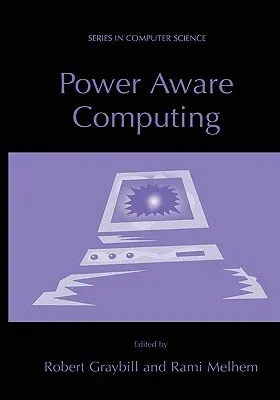With the advent of portable and autonomous computing systems, power con-
sumption has emerged as a focal point in many research projects,
commercial systems and DoD platforms. One current research initiative,
which drew much attention to this area, is the Power Aware Computing and
Communications (PAC/C) program sponsored by DARPA. Many of the chapters
in this book include results from work that have been supported by the
PACIC program. The performance of computer systems has been tremendously
improving while the size and weight of such systems has been constantly
shrinking. The capacities of batteries relative to their sizes and
weights has been also improv- ing but at a rate which is much slower
than the rate of improvement in computer performance and the rate of
shrinking in computer sizes. The relation between the power consumption
of a computer system and it performance and size is a complex one which
is very much dependent on the specific system and the technology used to
build that system. We do not need a complex argument, however, to be
convinced that energy and power, which is the rate of energy
consumption, are becoming critical components in computer systems in
gen- eral, and portable and autonomous systems, in particular. Most of
the early research on power consumption in computer systems ad- dressed
the issue of minimizing power in a given platform, which usually
translates into minimizing energy consumption, and thus, longer battery
life.


